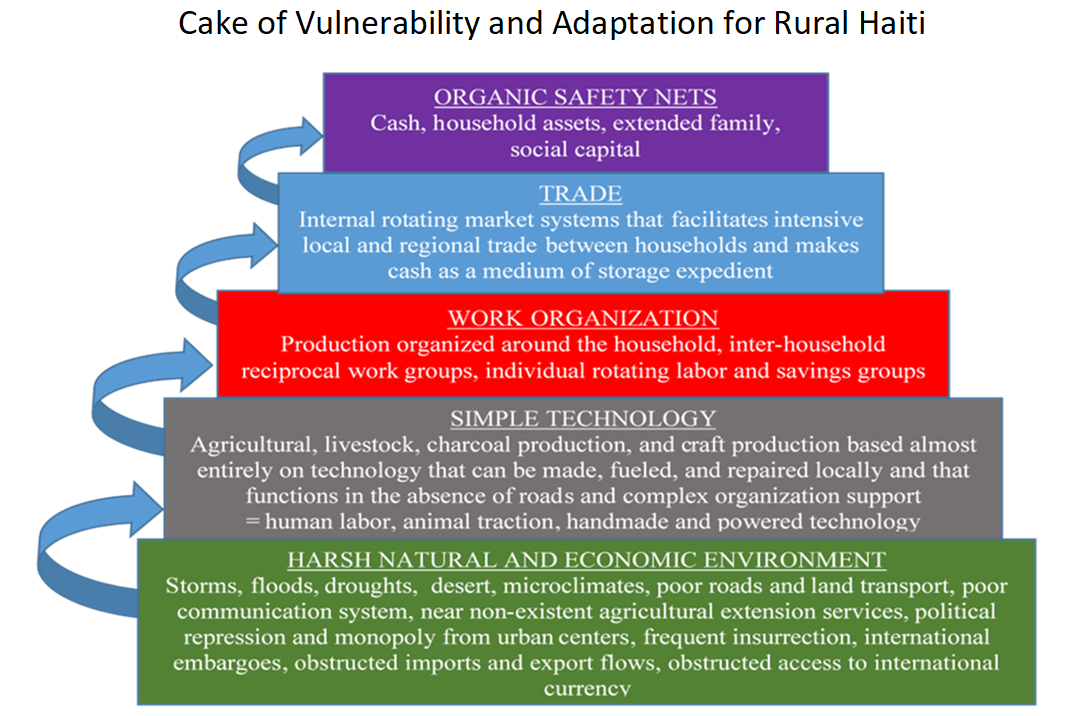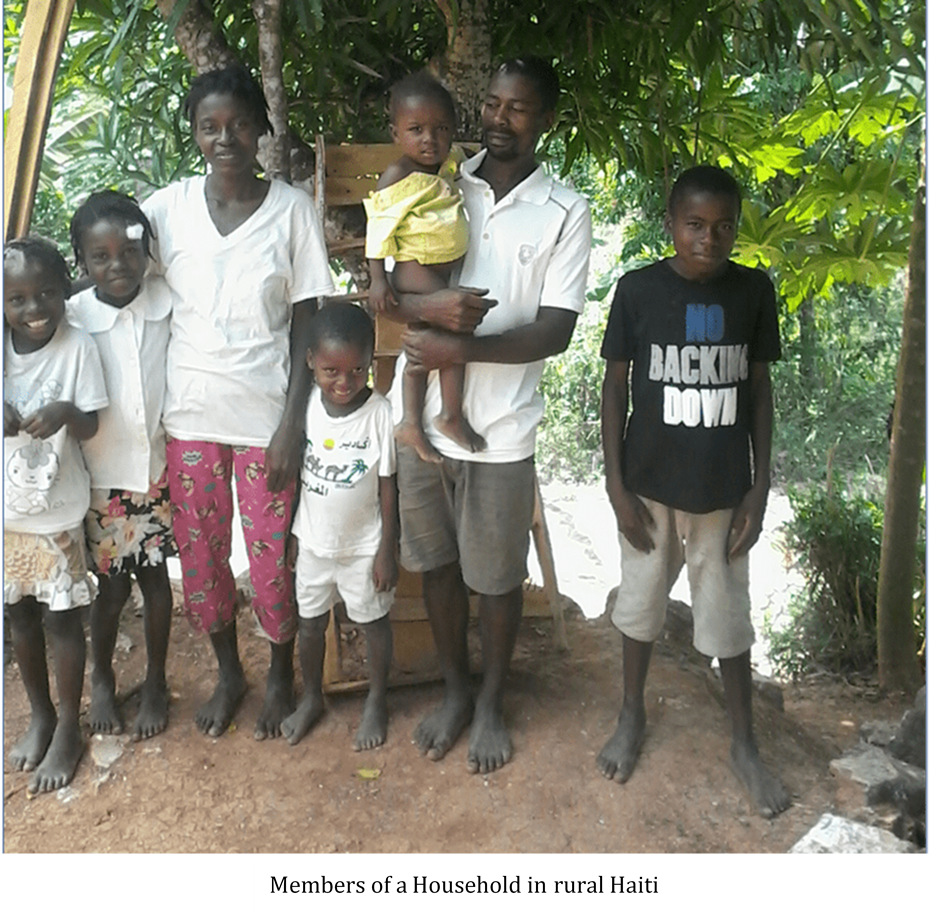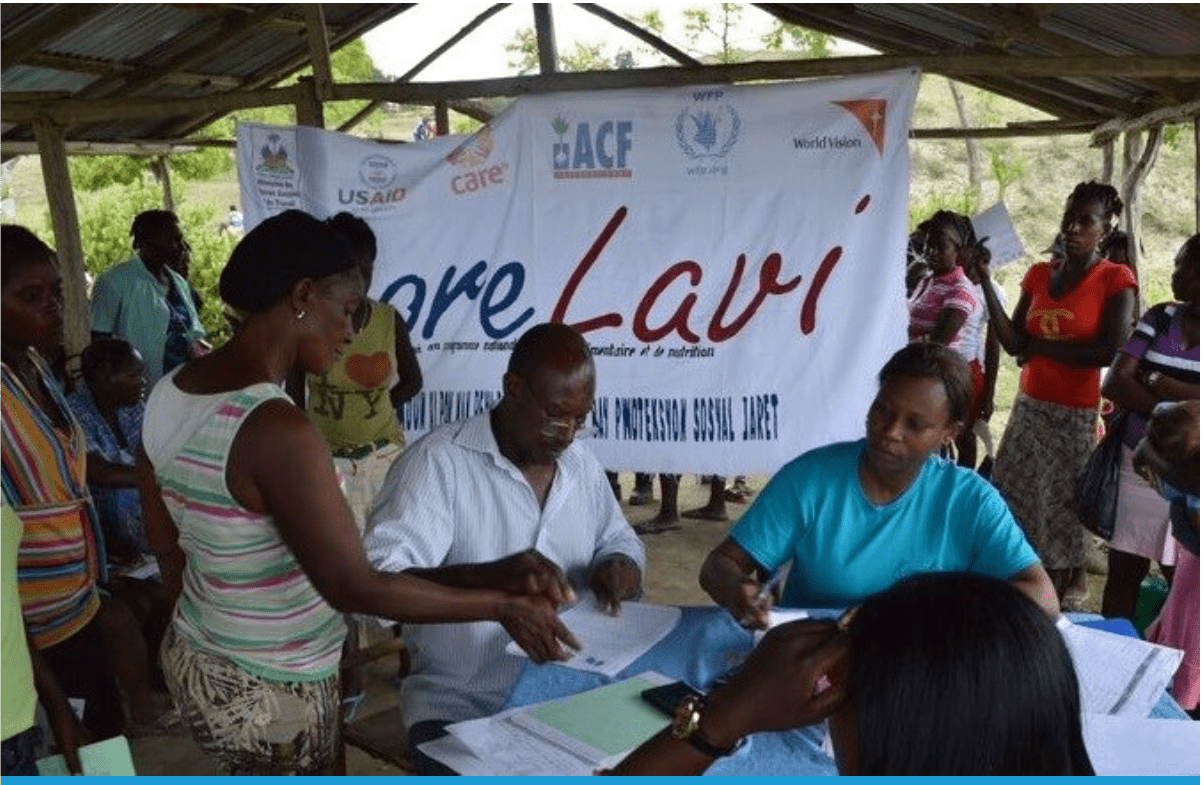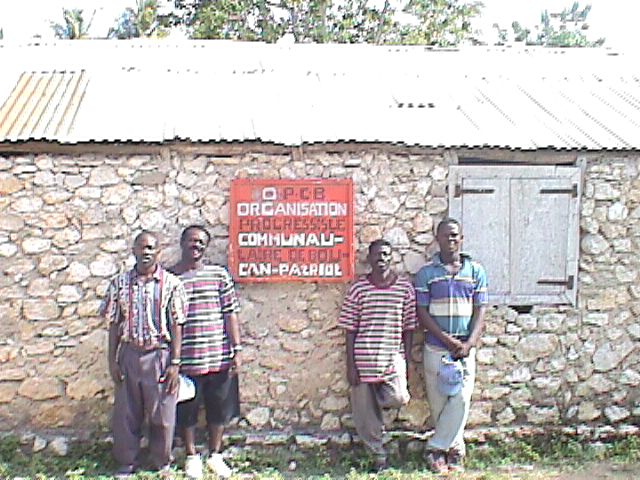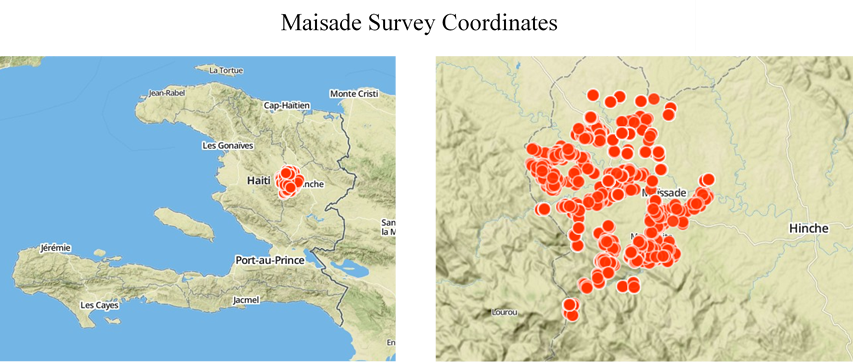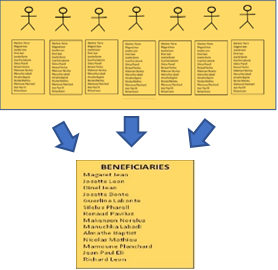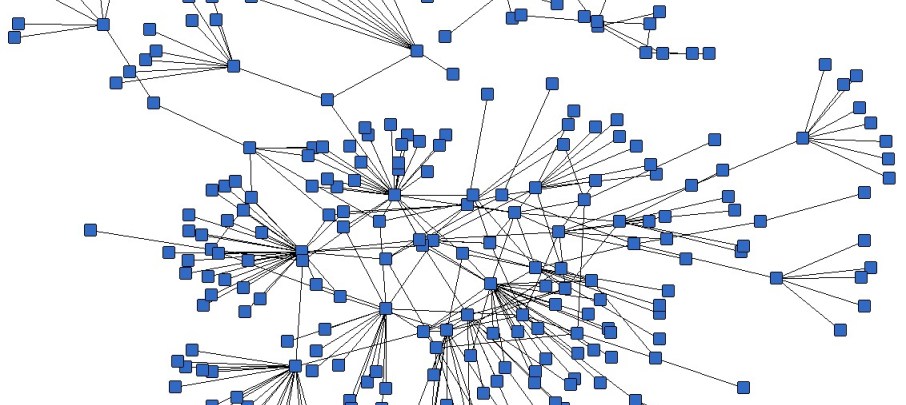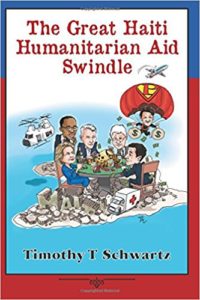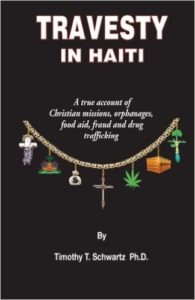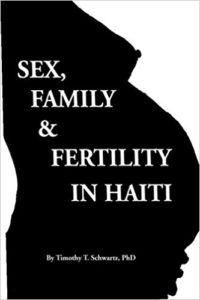Haiti Anthropology Brief: Cake of Vulnerability and Adaptation to Poverty
Here are a series of diagrams intended to make the prevailing rural Haitian household livelihood strategies easily understandable. The first diagram, above, is what we are calling, “The Cake of Vulnerability.” It is a model reminiscent of Marx’s Infrastructure, Structure and Super-structure description of modern human social organization. Here it is inspired by the moreRead More
A Model for Humanitarian Aid Beneficiary Targeting
Targeting strategies are as old as humanitarian aid, but the formal study of targeting is recent, arguably only beginning in the past decade. To date, much of what is written is unclear. This paper is intended to present a synthesized model of humanitarian aid targeting that will clarify the many ambiguities and differences inRead More
Problems with Household as a Unit of Analysis in Haiti
This post deals with defining the concept of a “household” and a member of a household in Haiti. But before launching into an exploration of the problems with the household as a unit of analysis, some readers may be more interested in other topics regarding household studies in Haiti and can refer to these posts:Read More
Failure of the HDVI : Beneficiary Criteria, Indicators, and PMT (Proxy Means Test) in Haiti (Human Deprivation and Vulnerability Index)
To identify most vulnerable beneficiaries, humanitarian organizations in Haiti have often used criteria based on expectations from elsewhere in the world, criteria that are often not based on data, and that, more often than not, fail in Haiti. The best and most controversial flood of examples comes from the World Bank/WFP/USAID supported HDVI (Humanitarian DeprivationRead More
History of Beneficiary Selection and Targeting in Haiti
Here I review the history of humanitarian aid beneficiary targeting in Haiti. I begin in the 1950s and 1960s with the Community councils, move through the 1970s and 1980s looking at gwoupman and the liberation theology movement. Very importantly I show how the revolutionary Liberation Theology movement of the 1970s to 1990s that were intendedRead More
Test of Freq-Listing in Maissade, Haiti (based on freelisting)
Here is an example of a test of the freq-listing technique (based on freelisting) used as rural vulnerability targeting strategy, i.e. to identify most vulnerable households. The actual research was conducted by Socio-Dig, a Haiti-based research company. The surveys were conducted in May 2014 on behalf of CNSA (Coordination Nationale De La Sécurité Alimentaire), a para-statal HaitianRead More
Low Cost & Effective Alternative to the HDVI: Frequency Listing (WFP 2017)
The freelisting based Frequency Listing (“Freq Listing”) is a statistically robust methodology developed by Timothy Schwartz of Socio-Dig (Haiti) for identifying local leader-experts (notab) and ultimately humanitarian aid beneficiaries. It comes to us from anthropology and mathematical models for studying informal sector and non-literate cultures and rests on the premise of “Culture as Consensus.” TheRead More
Freelisting based Notab Leadership and Key Informant Network Strategy (NOLKINS): How and Why it could Revolutionize Humanitarian Aid
How and Why it’s Revolutionary Frequency-Listing, or “Freq-listing” (based on freelisting) and the Notab Leadership and Key Informant Network Strategy (NOLKINS) is not a political strategy. Rather it is a strategy for engaged development. But in coming to understand how it works and why it can be so effective, it helps to think of itRead More
Vulnerability Targeting Guide for Haiti (CNSA & WFP 2015)
This document is a summary of CNSA’s more comprehensive, Report on Beneficiary Targeting in Haiti: Detection Strategies. It is meant as a summary of that report and a beneficiary selection guide for organizations working in the humanitarian aid and development sectors. With input from Haiti’s CNSA, the World Food Program (WFP), the Food and AgriculturalRead More
